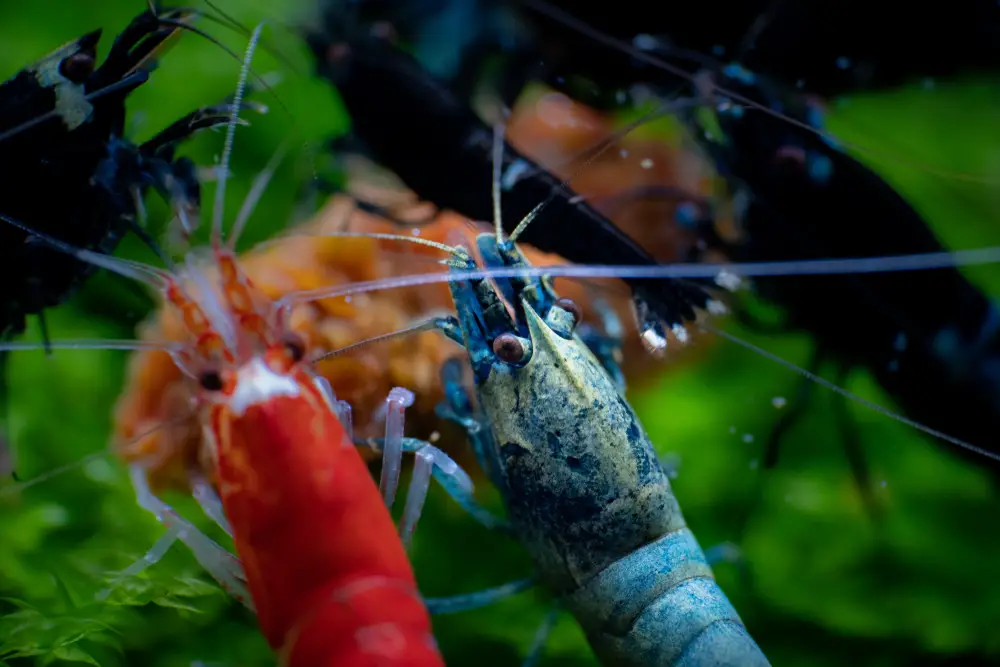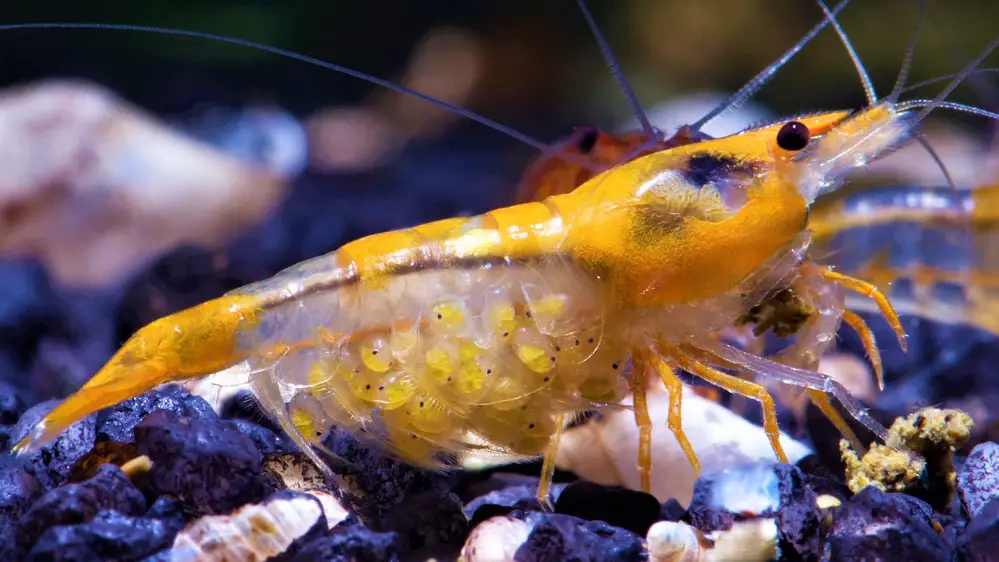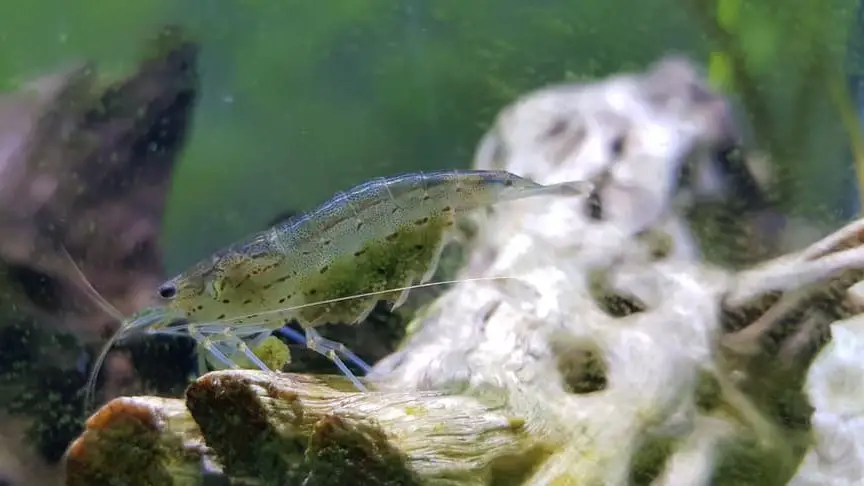Seachem Safe is a versatile water conditioner that’s a must-have for any aquarium hobbyist. It’s designed to create a healthy and safe environment for your aquatic pets by removing harmful substances like chlorine, chloramine, and detoxifying ammonia, nitrite, and nitrate. But what makes it stand out from other water conditioners? Let’s delve into the details.
Enter the volume of water to be added into your aquarium in liters:
What is Seachem Safe and How Does It Work?
Seachem Safe is a dry, powdered water conditioner that stands out due to its multi-purpose functionality. It works by neutralizing harmful substances such as chlorine and chloramine, which can enter your aquarium through tap water and pose a threat to aquatic life.
But Seachem Safe doesn’t stop there. It also detoxifies ammonia, nitrite, and nitrate, which are common by-products of fish waste and uneaten food. These substances can accumulate over time and create an unhealthy environment for your aquatic pets.
What sets Seachem Safe apart is its unique formulation. Unlike many liquid water conditioners, Seachem Safe is a dry, powdered product. This makes it easy to measure and dose, ensuring you use the right amount every time.

Why Choose Seachem Safe?
Choosing the right water conditioner for your aquarium is crucial, and Seachem Safe has proven to be an excellent choice for several reasons.
Firstly, its multi-purpose functionality sets it apart. Not only does it remove harmful substances like chlorine and chloramine, but it also detoxifies ammonia, nitrite, and nitrate. These are common by-products in an aquarium that can accumulate over time and create an unhealthy environment for your aquatic pets. By neutralizing these substances, Seachem Safe helps maintain a safe and healthy environment in your aquarium.
Secondly, the powdered form of Seachem Safe offers a level of precision that liquid conditioners can’t match. You can measure out the exact amount you need, ensuring you’re not using more than necessary. This makes it a cost-effective choice, especially for larger aquariums or for those who perform frequent water changes.
My personal experience with Seachem Safe has been nothing short of positive. I’ve been using it in my aquariums for years and have found it to be an invaluable tool. I even use it in my reverse osmosis water, as I’ve learned that chloramines can bypass a DI resin. This extra layer of protection gives me peace of mind knowing that my aquatic pets are in a safe environment.
Lastly, the small dosing amounts required for Seachem Safe make it a practical choice. Given the significant benefits it offers, it’s a no-brainer to add this extra layer of safety to your setup. It’s a small step that can make a big difference in the health and well-being of your aquatic pets.

How to Use Seachem Safe Effectively
Using Seachem Safe is straightforward. Here’s a step-by-step guide:
- Fill a container with the desired amount of tap water
 .
. - Add the recommended dose of Seachem Safe to the water. The recommended dosage by Seachem is 1.25 grams of Safe powder per 1250 liters of new water.
- Stir the water gently to mix the Seachem Safe evenly.
- Allow the water to sit for 24 hours, stirring occasionally.
- Gradually add the treated water to your aquarium.
Remember, it’s essential to use a reliable scale to measure the correct dosage. A small jewelry scale works perfectly for this purpose.
Should Seachem Safe Smell Like Rotten Eggs?
If you’ve noticed that your Seachem Safe has a scent reminiscent of rotten eggs, don’t be alarmed. This is entirely normal and not a cause for concern.
The smell of rotten eggs is often associated with the presence of sulfur compounds. Seachem Safe, like many aquarium products, contains sulfur-based components, which can sometimes give off a slight sulfur smell. This doesn’t mean the product is faulty or harmful to your aquatic pets.
Conclusion
Seachem Safe is a versatile and effective water conditioner that’s essential for maintaining a healthy and safe environment in your aquarium. Its unique powdered formulation allows for precise dosing, and its ability to neutralize harmful substances makes it a standout choice for both new and experienced aquarium enthusiasts.
Remember, consistency is key. Use Seachem Safe every time you add tap water to your aquarium to ensure the well-being of your aquatic pets.
Don’t hesitate to reach out if you have any further questions or need help with your aquarium.
Happy Shrimp Keeping!

Frequently Asked Questions About Seachem Safe
Q. Is Seachem Safe the same as Prime? A. No, Seachem Safe and Prime are not the same, although they are both water conditioners made by Seachem. Prime is a liquid water conditioner that removes chlorine and chloramine, detoxifies ammonia, nitrite, and nitrate, and provides a slime coat for fish. Safe, on the other hand, is a dry, powdered version that performs similar functions but doesn’t provide a slime coat.
Q. What is Seachem Safe? A. Seachem Safe is a dry, powdered water conditioner that detoxifies ammonia, nitrite, and nitrate, and removes chlorine and chloramine. It’s designed to create a safe and healthy environment for aquatic life in both freshwater and saltwater aquariums.
Q. Can I use Seachem Safe everyday? A. Seachem Safe should be used whenever you add new tap water to your aquarium, which doesn’t necessarily need to be every day. Overuse can lead to an overdose of the chemicals it neutralizes, which could harm aquatic life.
Q. How long does Seachem Safe work? A. Seachem Safe starts working immediately upon being added to the water and continues to detoxify harmful substances for up to 48 hours. However, its effectiveness may decrease after 24 hours.
Q. Is Safe better than Prime? A. Whether Safe is better than Prime depends on your specific needs. Safe is more concentrated, so it’s more cost-effective for larger aquariums or for those who perform frequent water changes. However, Prime is easier to use, especially for smaller tanks, as it’s a liquid and doesn’t require precise weighing.
Q. Can you use too much Seachem Safe? A. Yes, using too much Seachem Safe can lead to an overdose of the chemicals it neutralizes, which could harm aquatic life. It’s important to follow the recommended dosage instructions.
Q. Does Seachem Prime lower nitrates? A. Seachem Prime doesn’t directly lower nitrates. It detoxifies nitrate, making it less harmful to fish, but it doesn’t remove or reduce the amount of nitrate in the water.
Q. Why is Seachem Prime so good? A. Seachem Prime is popular because it’s a multi-purpose water conditioner that not only removes chlorine and chloramine but also detoxifies ammonia, nitrite, and nitrate. It’s also easy to use and provides a slime coat for fish, which can help reduce stress.
Q. What is an alternative for Seachem Prime? A. There are several alternatives to Seachem Prime, including API Stress Coat, Tetra AquaSafe, and Aqueon Water Conditioner. These products also remove chlorine and chloramine and detoxify harmful substances, although their effectiveness and additional benefits may vary.
Reference
Seachem Safe is a highly concentrated, comprehensive dry conditioner suitable for both fresh and saltwater aquariums. It effectively removes chlorine and chloramine while detoxifying ammonia, nitrite, and nitrate, all without impacting the pH levels of the water.
During the tank cycling process, Safe can be particularly beneficial. It contains a binder that renders ammonia, nitrite, and nitrate non-toxic, enabling the biofilter to remove these substances more efficiently.
For optimal results, it’s recommended to use Safe during the initial setup of your aquarium and each time you add or replace water. This consistent use ensures a safe and healthy environment for your aquatic pets. Reference

3 thoughts on “What is the Seachem Safe Dosage?”